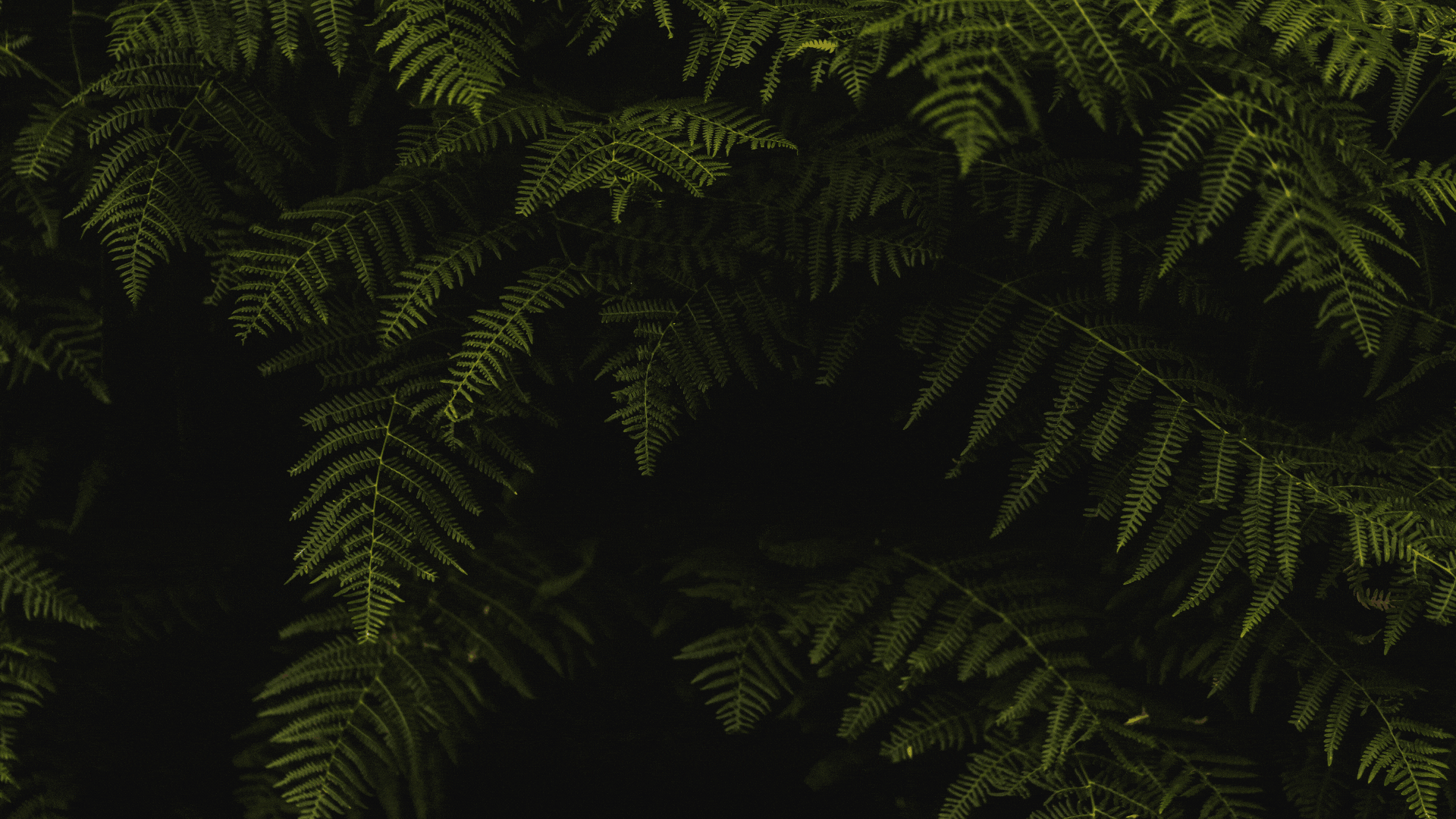 Giant hogweed is a pretty terrifying plant that hit the news late in the summer of 2018. It’s an invasive plant and noxious weed, meaning it’s harmful to people. But it’s not the only dangerous plant out there.
Giant hogweed is a pretty terrifying plant that hit the news late in the summer of 2018. It’s an invasive plant and noxious weed, meaning it’s harmful to people. But it’s not the only dangerous plant out there.
IDENTIFY NEW PLANTS WITH PLANTSNAP
Touching giant hogweed can cause terrible burns (and even permanent blindness) across the United States. Giant hogweed is so dangerous that you really shouldn’t even remove it without the help of a pro.
But giant hogweed – or cow parsnip, as it’s also called – isn’t the only plant out there that you can’t even touch. Other plants across the United States can cause painful blisters and second-degree burns, and it’s smart to know how to identify them as well.
While giant hogweed is so well-known because it’s particularly dangerous, it’s not the only dangerous plant out there. Let’s look at some of the other common noxious weeds out there.
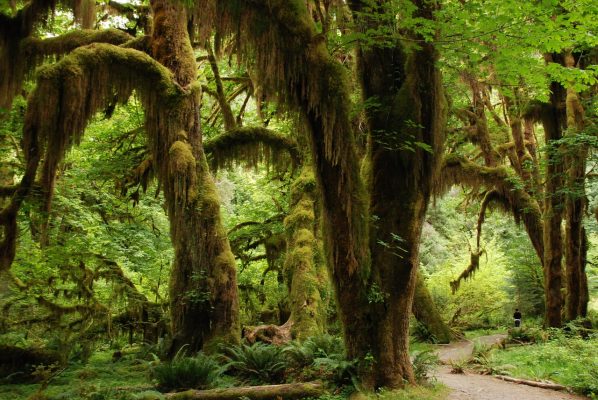
Can’t Touch This: Plants That Burn and Blister You
It’s pretty tough to miss giant hogweed if it’s in your neighborhood — it’s 14 feet tall with huge white flowers! But there are many other dangerous plants to familiarize yourself with.
Avoid contact with the plants on this list – and never eat any of them!
This list is really just the start. Click on the name of each plant to learn more about it. Other plants that burn you in the United States and beyond include:
Gympie Gympie (Also known as tinging brush, mulberry-leaved stinger, gympie gympie, gympie, gympie stinger, stinger, the suicide plant, or moonlighter)
Appearance: A three- to ten-foot-tall plant with a single stem. Leaves are 5-9 inches long and heart-shaped with fine teeth along the edges. It is the most toxic of all of Australia’s stinging tree species.
Range: Rainforests of northeast Australia
Symptoms: Touching the plant causes tiny hairs to penetrate your skin. Once you’ve touched the plant, you’re subject to searing, burning pain that is most extreme for a few days. Residual pain may last years.
Treatment: Remove the hairs with a hair removal strip, tape, or tweezers. Take care not to break or leave hairs inside of your skin, as this will prolong the pain. Diluted hydrochloric acid can help neutralize the toxin.
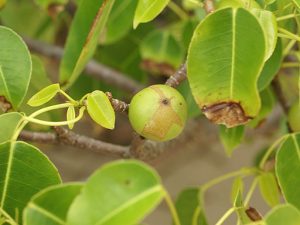
© Hans Hillewaert
Manchineel (also known as beech apple or manzanilla de la muerte)
Appearance: A tree up to 40 feet tall with bright green, rounded, and slightly waxy leaves. The fruit look like small green apples and are sweet but very toxic.
Range: Northern South America through Florida, especially in the Caribbean and Central America
Symptoms: Any part of the plant is toxic, and people have been known to be burnt by the sap if they take cover under the tree during a rainstorm. Expect bad burns from touching any part of this tree, or even coming too close. The fruits of this plant are sweet and tasty but wildly toxic. Supposedly, one can die from eating a fruit (though a radiologist in 2000 ate one and was OK after hours of pain).
Treatment: Flush the affected area with copious amounts of cold water, apply cool compresses and/or anti-itch cream as needed.
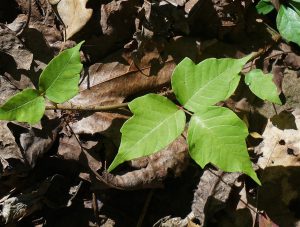
Appearance: Varies. Can be a short bush, a crawling ground cover, or a climbing vine. Three smooth, often glossy leaves that may droop slightly. Might be reddish in the fall, winter, or spring. White berries.
Range:Across North America, except in extreme deserts and the extreme north
Symptoms: A reddish rash that may worsen to blisters.
Treatment: Immediately wash the affected area with cold running water and soap. Treat itching with calamine lotion, oral antihistamines, and cortisone. Oatmeal baths can also help reduce the swelling, itching, and heat from the reaction.

Appearance: A short shrub or climbing vine with glossy (west) or fuzzy (east), lobed leaves that somewhat resemble oak leaves.
Range: Across North America
Symptoms: Similar to poison ivy: itching, swelling, redness, and blisters where contact was made.
Treatment: Similar to poison ivy: flush the area with cold water, treat with anti-itch creams or oatmeal baths.
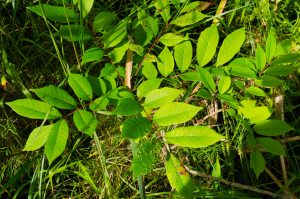
Appearance: A small tree, up to 30 feet tall with pinnate leaves with 9-13 leaflets. Produces white berry-like fruits that grow in clusters.
Range: Across the eastern US, especially in the southeast. Prefers to grow in swamps.
Symptoms: Similar to poison ivy: itching, swelling, redness, and blisters where contact was made.
Treatment: Similar to poison ivy: flush the area with cold water, treat with anti-itch creams or oatmeal baths.
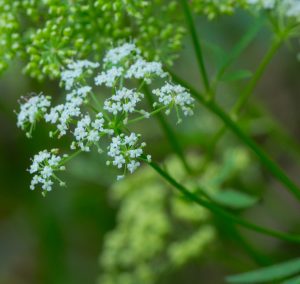
Photo courtesy of Joshua Mayer via Flickr.
Spotted Water Hemlock (Also known as spotted parsley or spotted cowbane)
Appearance: These plants have umbrella-like clumps of small, white leaves above small, fern-like pinnate leaves
Range: Across the U.S. and Canada except in the furthest northeast regions of Canada, especially in wet areas.
Symptoms: Deadly if eaten (at any quantity), considered the most dangerous plant in North America.
Treatment: If severe, see a doctor immediately.
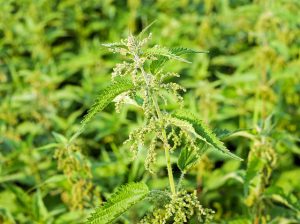
Appearance: A single-stemmed plant with leaves that grow close to the stem. Often grows in a tight cluster of several plants that are 3-9 feet tall. The flowers grow close to the stem and are very small and whitish green.
Range: Grows across North America and may be an invasive species in Europe, Asia, South America, and Africa. It flourishes in temperate climates and plentiful sunlight.
Symptoms: Stinging sensation almost immediately after touching the plant, may persist for up to 12 hours. Stinging nettle can also be used to treat various ailments when properly prepared.
Treatment: Do not touch or rub the sting until it dries, as the hairs are actually easier to remove when dry. Pushing the hairs into your skin will only make things worse! After 10 minutes, use soap and plenty of cool water to rinse the area. Once dry, use tape to remove the hairs from your skin. Cool compresses and anti-itch creams can also give relief.
—
Have you had any encounters with these nasty plants that burn? Or did we miss one that left you itchy and in pain? Let us know!
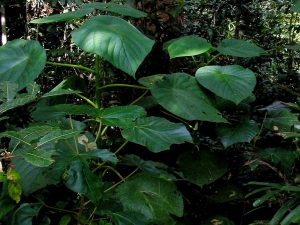










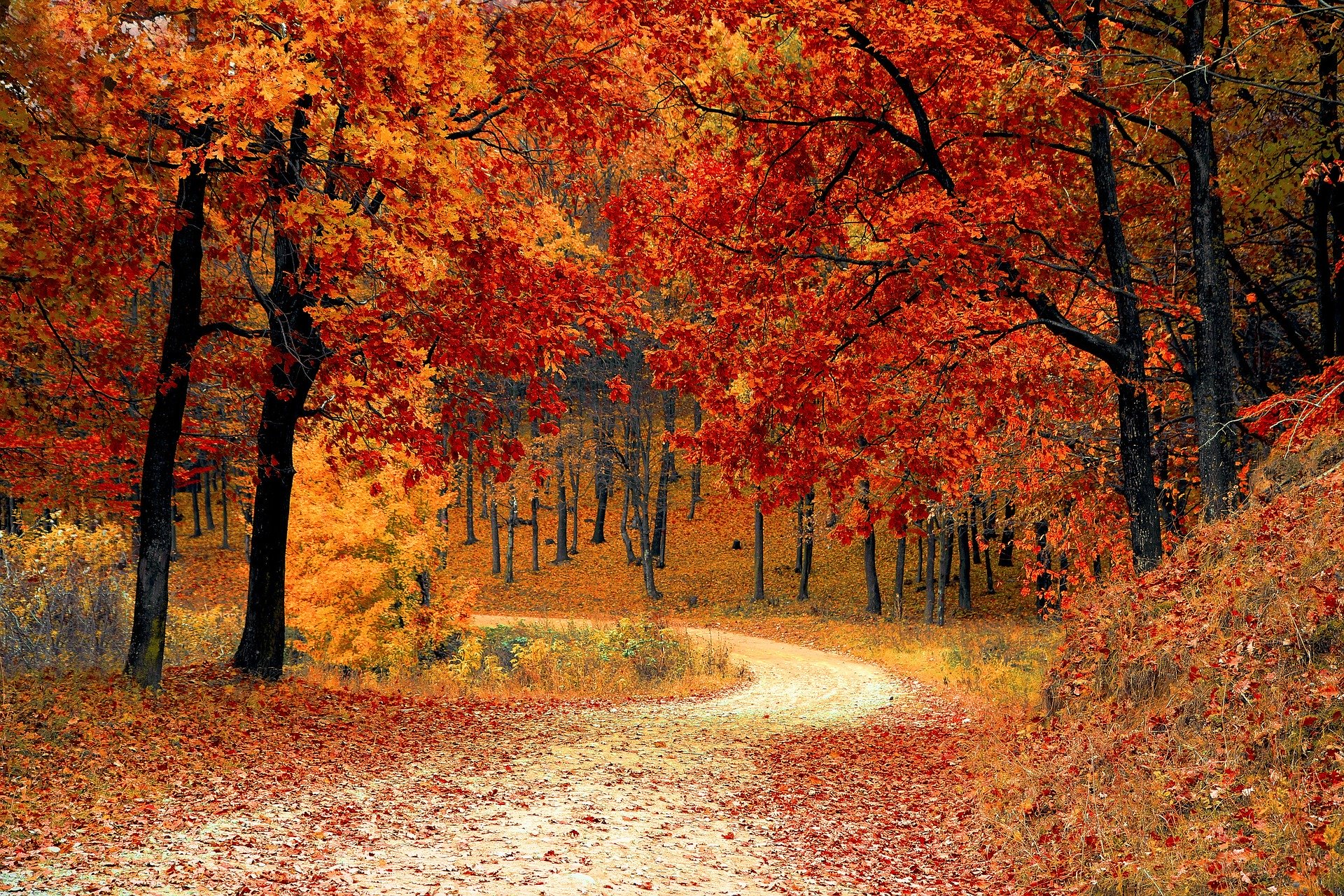
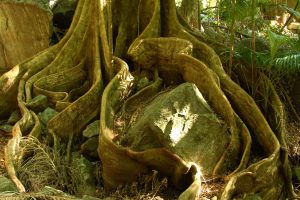

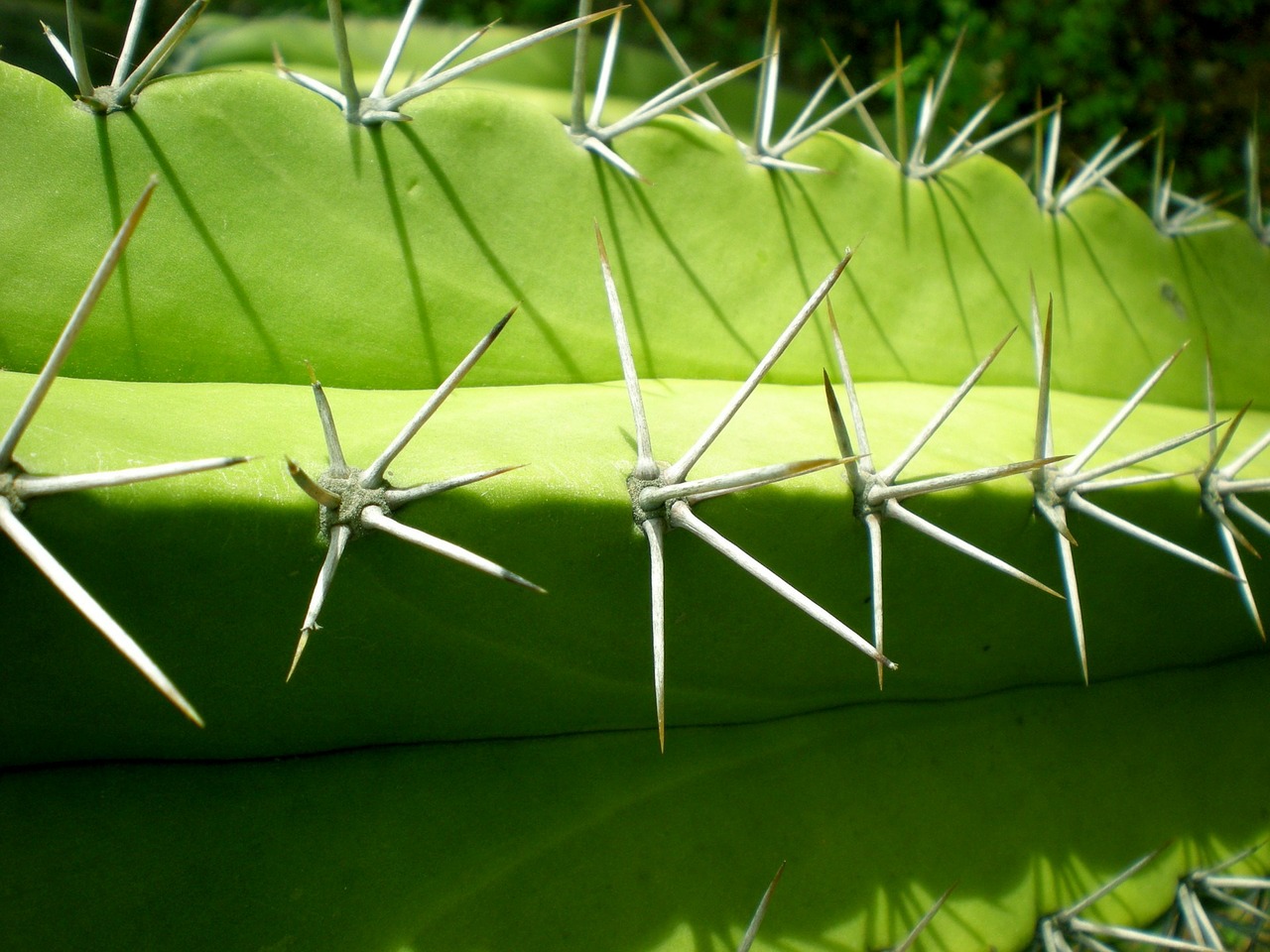
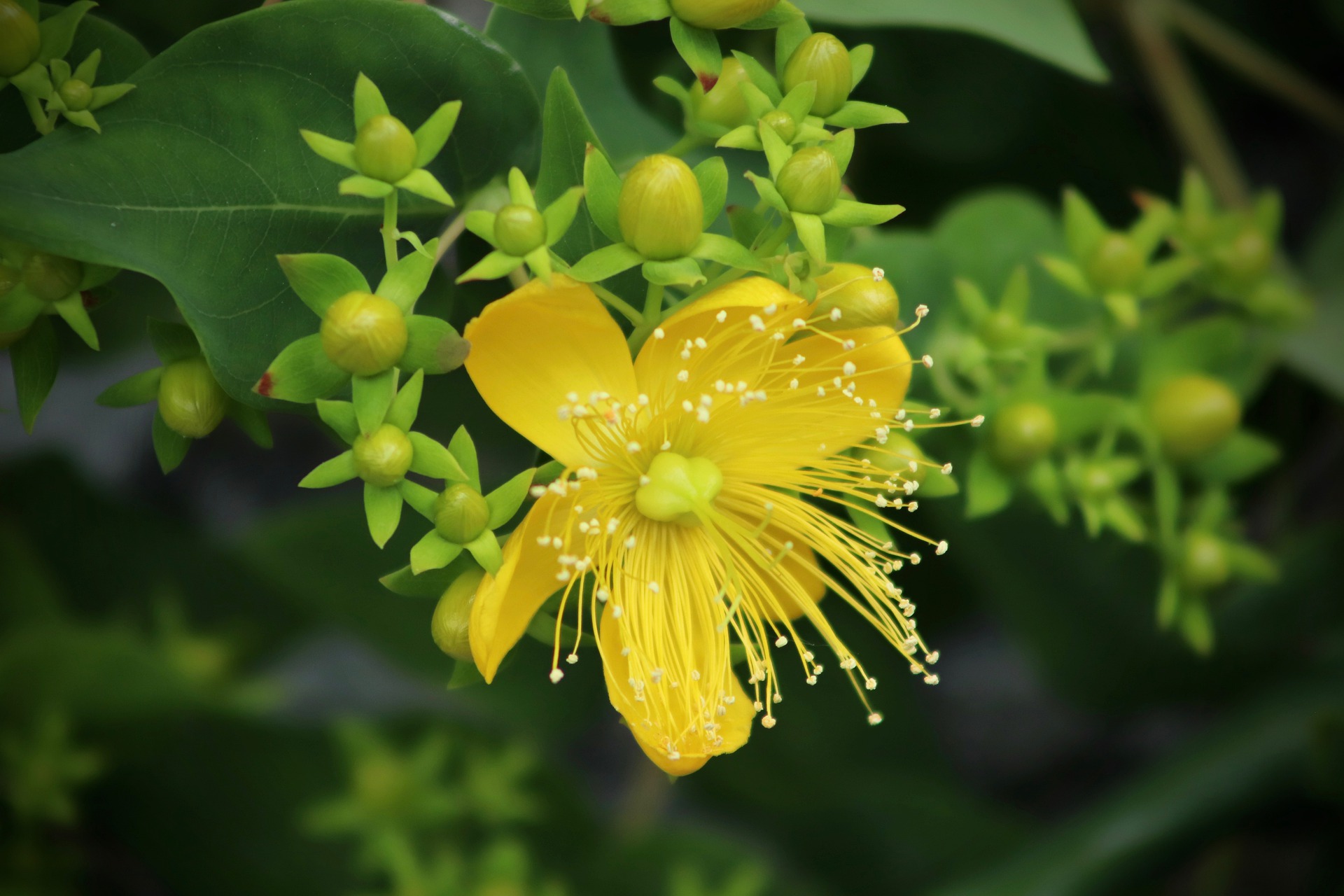
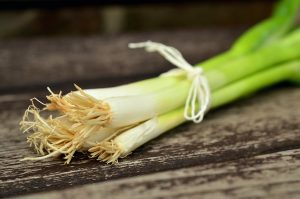
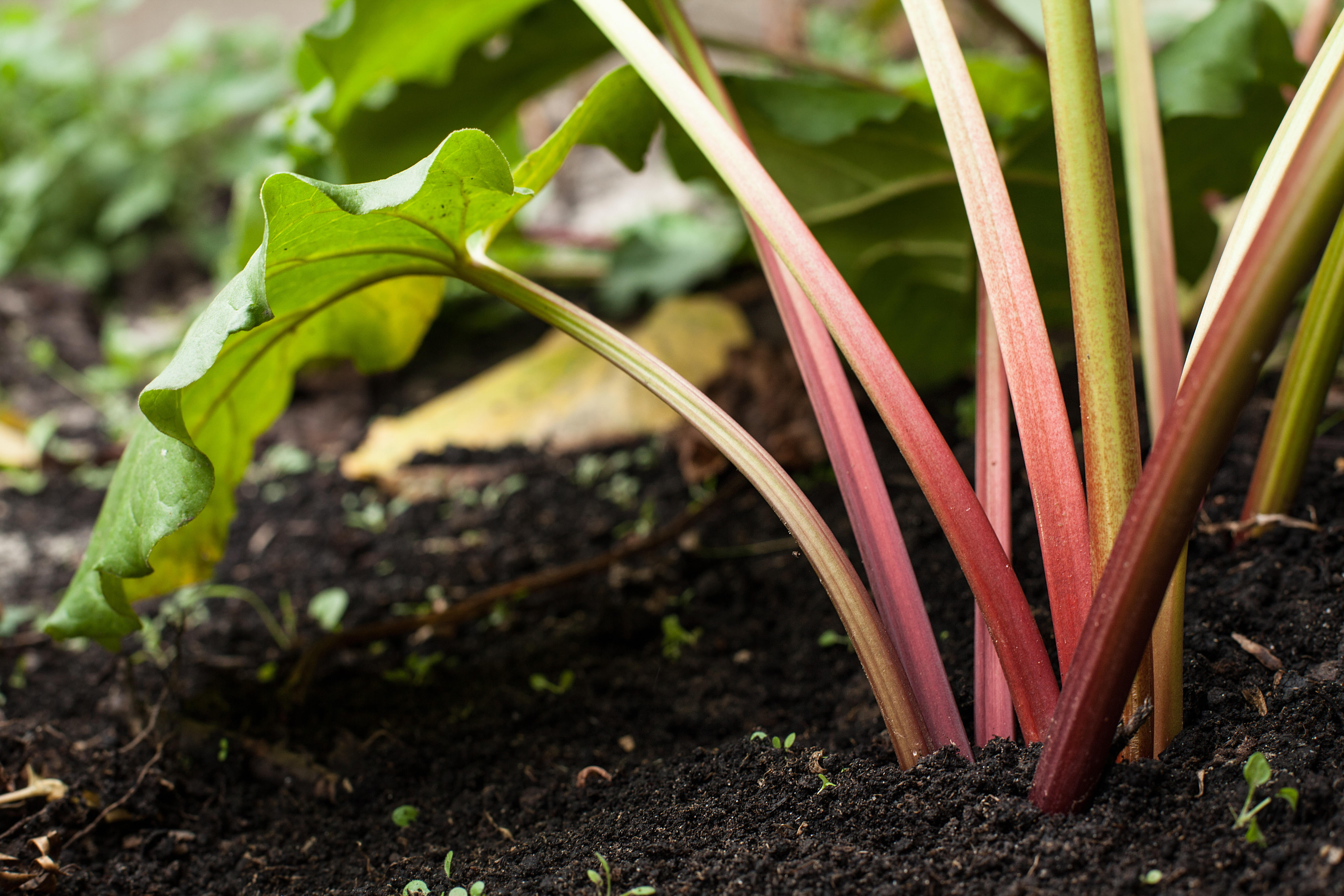
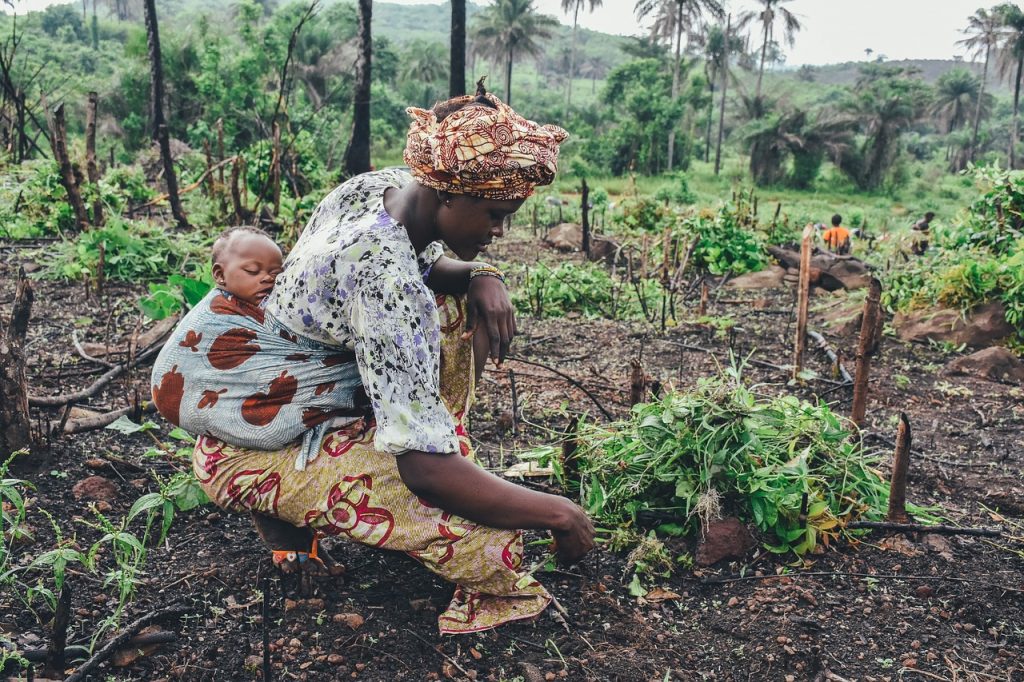
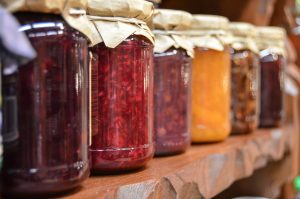
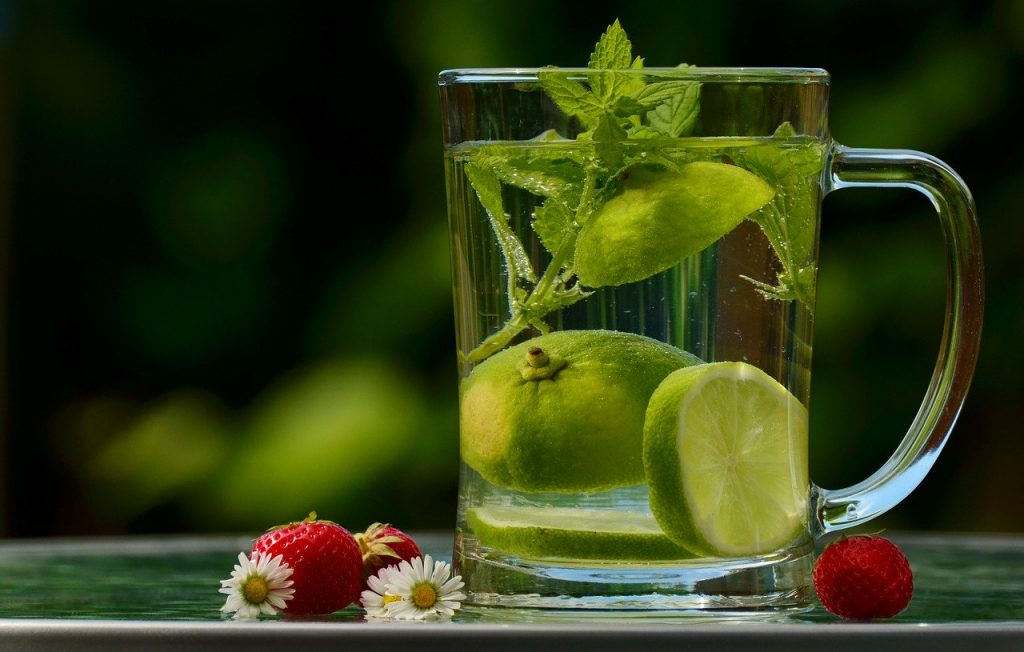
“But giant hogweed – or cow parsnip, as it’s also called” – these are not synonyms. Cow Parsnip is a completely different species, native to parts of North America. Giant Hogweed is an invasive species in most parts of N.A.
Last thursday i was swimming in malta and i sat down on the rocks in the sea when i stand up i had to much burning and blisters and redness i had to go to health clinic i think it was nettle one
H oh my God, thank you for making me aware of the other poison plants. I had poison oak once about 15 ys ago. It was terrible very very bad. My solution was to pour 2 gallons of bleach in my hot tub and pop all the blisters. they started instantly drying up that evening. Thank God.
Just had an encounter pulling out stinging nettle without gloves…big mistake. After 5 hours of burning sensation,
used duck tape all over my hands to remove the tiny hairs… Much better!
The stinging nettle we have around here (MB) does not seem to be as severe. Or I’m tougher….
Ours just causes some entertaining itchiness for 15 mins and it passes. No hairs, no rash.